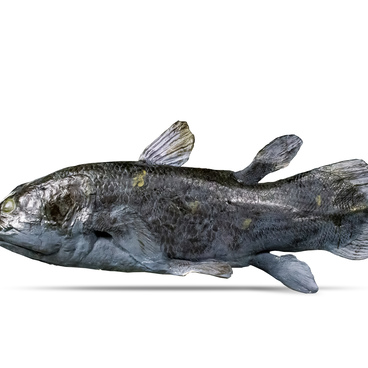Malachite is one of the oldest gemstones known to man. The Greek philosopher Theophrastus and the Roman writer Pliny the Elder first mentioned malachite in their works. According to one version, this mineral’s name comes from the ancient Greek word malakos — soft. According to another version, it was named so because of its dark green color, similar to the shade of mallow leaves, in Greek “malache”.
The ancient Egyptians ground malachite into powder and added it to eyeliner. The Greeks decorated the ceremonial halls’ interiors with the stone, carved amulets from evil spirits, men’s and women’s jewelry out of it. In addition, it was believed at that time that malachite could protect from poison, and they made potions using it. It was also believed that talismans made from this stone protect children from nightmares, riders from falling from a horse, and pregnant women from the evil eye.
The official term ‘malachite’ appeared in mineralogy in 1747. The Swedish scientist Johan Gottschalk Wallerius introduced the term. This stone became especially popular at the end of the 18th century when its large deposits were discovered in Ural. Up to 80 tons of malachite were mined there annually until the middle of the 19th century. Small pieces were usually used for jewelry: necklaces, brooches, pendants. Large chunks were used to decorate interiors. Tiles for facing walls and columns, vases, and details for incrustation were cut out of them.
Now the deposits of the Ural malachite have been exhausted. The main current vendor of the material is the African Republic of Zaire. It is mined there in the province of Katanga.
Malachite is formed in carbonate rocks: limestones and dolomites, where there are copper deposits. When groundwater passes through the ore, it becomes saturated with copper ions, and then wash out voids of various shapes in the rock. Malachite is formed, which fills these cavities, during the reaction of limestone with such a solution.
Malachite occurs naturally in various shapes. The specimen from the collection of the Natural History Museum of Tatarstan belongs to the so-called spherulites and is an accumulation of stone balls of different diameters.
The ancient Egyptians ground malachite into powder and added it to eyeliner. The Greeks decorated the ceremonial halls’ interiors with the stone, carved amulets from evil spirits, men’s and women’s jewelry out of it. In addition, it was believed at that time that malachite could protect from poison, and they made potions using it. It was also believed that talismans made from this stone protect children from nightmares, riders from falling from a horse, and pregnant women from the evil eye.
The official term ‘malachite’ appeared in mineralogy in 1747. The Swedish scientist Johan Gottschalk Wallerius introduced the term. This stone became especially popular at the end of the 18th century when its large deposits were discovered in Ural. Up to 80 tons of malachite were mined there annually until the middle of the 19th century. Small pieces were usually used for jewelry: necklaces, brooches, pendants. Large chunks were used to decorate interiors. Tiles for facing walls and columns, vases, and details for incrustation were cut out of them.
Now the deposits of the Ural malachite have been exhausted. The main current vendor of the material is the African Republic of Zaire. It is mined there in the province of Katanga.
Malachite is formed in carbonate rocks: limestones and dolomites, where there are copper deposits. When groundwater passes through the ore, it becomes saturated with copper ions, and then wash out voids of various shapes in the rock. Malachite is formed, which fills these cavities, during the reaction of limestone with such a solution.
Malachite occurs naturally in various shapes. The specimen from the collection of the Natural History Museum of Tatarstan belongs to the so-called spherulites and is an accumulation of stone balls of different diameters.



